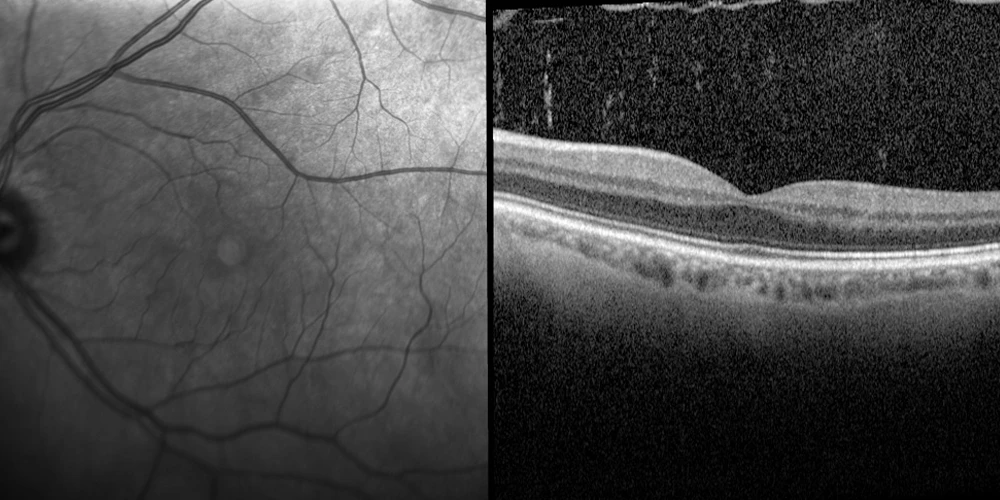60 Strathallen Avenue, Northbridge NSW
Monday to Friday - 9am to 5pm
Posterior Vitreous Detachment
Vitreous detachments can lead to retinal tears and retinal detachments. If left untreated, these conditions can potentially lead to permanent vision loss in the affected eye.
What is it?
The inside of the eye is filled with a gel like substance which helps maintain its shape, known as the vitreous.
The vitreous attaches onto the surface of the retina through millions of fine fibres. As we age the vitreous begins to shrink and slowly pulls away off the retina. Sometimes the fibres break, allowing the vitreous to detach and shrink from the retina. In most cases a vitreous detachment, also known as a posterior vitreous detachment, is not sight-threatening and requires no treatment.
Those more at risk of a vitreous detachment are typically people over the age of 50 and especially those over the age 80. People who are short -sighted also have increased risk of suffering vitreous detachments.
When to seek help
If you notice an increase in flashes, floaters or a curtain over your vision, this could be a sign of a more serious issue.
Rarely, vitreous detachments can lead to retinal tears and retinal detachments. If left untreated, these conditions can potentially lead to permanent vision loss in the affected eye.
If there is an increase in flashes, floaters or a curtain over your vision, you should return immediately for specialist eye care. Otherwise you will usually be rechecked approximately 4-6 weeks later to ensure there are no retinal tears.
Symptoms
The most common symptom associated with a vitreous detachment is small but sudden increase in floaters.
Floaters appear as dark cobwebs or stringy specks that float about in your vision. They are caused by strands in the vitreous that cast tiny shadows on your retina. The increase in floaters may also come with flashes of light in your peripheral or side vision. Most of the time you will not notice a vitreous detachment or you will merely find the increase in floaters a nuisance.

Posterior Vitreous Detachment
Treatment
There is no current treatment for a vitreous detachment. Usually the symptoms calm down and people eventually get used to having the floaters.
Retinal tears are treated to prevent retinal detachment. Laser is used to “seal” around the tear and prevent it spreading. The laser can sting a little and is very bright. It is almost always to the peripheral retina and so has no effect on the central vision.
If you have flashes and/or floaters, it is important to get a full retinal check by an eye specialist.
If you have specific questions, please call our friendly staff on 02 9958 0552 or email us at info@nscataract.com.au
For appointments and enquiries, please phone 02 9958 0552
Monday to Friday 9am - 5pm
© 2015– Northern Sydney Cataract | Privacy Policy | Disclaimer | Website by:
